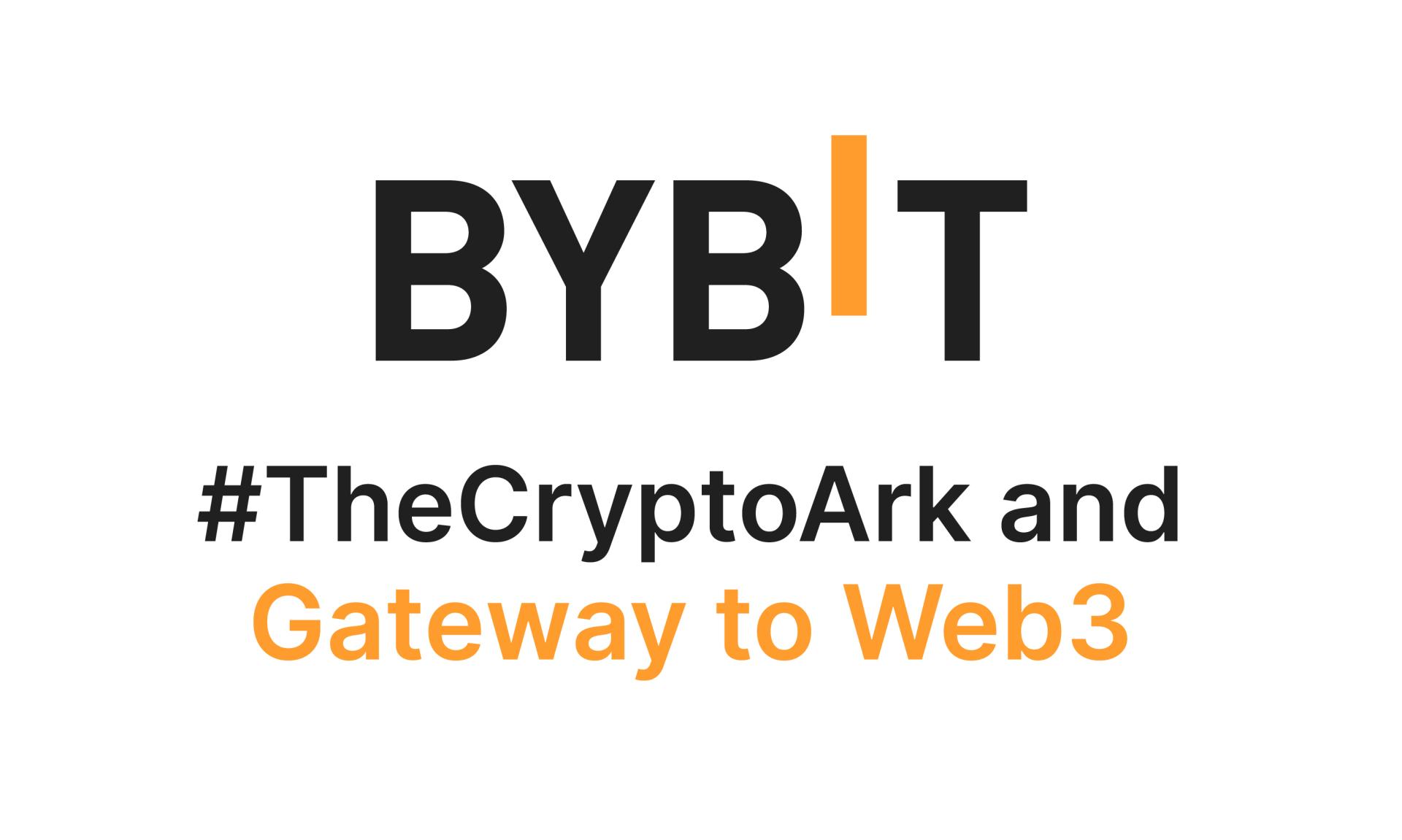At NFT Droppers, we provide the latest crypto news, in-depth project information, and comprehensive market insights. Launched in 2022, our platform covers new token launches, market trends, and detailed reviews of crypto and NFT projects. We offer reliable ratings based on 70+ evaluation factors, including tokenomics, roadmaps, and team authenticity. Whether you’re an investor or a crypto enthusiast, NFT Droppers keeps you informed with accurate, up-to-date information and expert analysis.
How to Meet Crypto AML Compliance with Customer ID?

Table of Contents
Cryptocurrencies are fast becoming a potent element of international economic activity. With their upgraded prominence, cryptocurrencies do proffer specific challenges to regulatory compliance, most especially regarding AML regulations.
For any financial institution or crypto business, keeping in line with the law and complying with the regulations is very relevant to avoid being blacklisted or being used for illicit activities.
Crypto AML compliance is not a regulatory requirement; it is a cornerstone for building trust in digital finance.” The quote evidences a highly urgent need for a very robust customer identification process within the AML strategies.
Proper identification of customers supports both compliance and secures the financial system against illicit activities.
In this regard, the article will put forth ways by which enterprises can effectively meet AML in crypto compliance rules by ensuring proper customer identification.
Why is Customer Identification Important?
The first line of defense in the framework for crypto AML compliance is customer identification. An evaluation of the risks connected to the customer profile requires accurate client identification.
Recent reports indicate that now, over 90% of financial institutions worldwide agree that proper customer identification significantly decreases the risk of fraud.
Knowing who is transacting is a fundamental aspect in the sphere of cryptocurrencies because transactions may naturally cross international borders within seconds just in time to avoid money laundering.
Collecting Customer Identification Data
Customer identification data may be obtained through reliable, independent source documents, data, or information. For example, most cryptocurrency exchanges nowadays demand government-issued IDs and proof of address as fast-growing biometric verification within their KYC procedures.
In 2023, there has been a 30% increase in crypto platforms that adopted advanced biometric verification methods, which signals a stride towards a more secure and reliable way of user identification within the industry.
Verify Customer Identification Information
The next step of verification becomes equally important once data has been collected. Customer identification information is checked against the accuracy of the data provided to correspond to a particular individual.
Document verification, online database checks, and interviews are all part of this step. The most recent statistics show that 85% of crypto businesses outsource to third-party services in an attempt to increase the accuracy of the data verification process, which is on an increasing trend with more robust checks.
Monitor Customers for Suspicious Activity
The need to monitor customers against suspicious activities is indispensable in the identification and effective reporting of such activities. The process mainly involves the use of transaction tracking against set behavioral patterns with flagging anomalies outside the set patterns.
The latest advancement in technology has resulted in increased usage of artificial intelligence in monitoring transactions. AI algorithms can parse vast reams of data in real time to identify patterns indicative of money laundering or other illicit activities.
Integrating AI into transaction monitoring increased the detection of suspicious activities by 40% compared to traditional methods, thus being quite effective in improving AML for crypto compliance.
Update Customer Information Regularly
As such, the updating of customer information regularly is an intrinsic part of AML compliance. Crypto AML regulation requires all information about customers to be up-to-date to accurately portray any change in the customer’s risk profile.
This would ensure that the effectiveness of the AML monitoring systems developed is sustained over some time. The best practice for the industry would be at least annual updates for customer data, and where risk has been classified as high, more frequent updates are needed.
Many compliance teams have been working under automated systems that can alert for the review of data periodically, enhancing the frequency and accuracy of updating data significantly. These mechanisms have been put in place with a proven 25% annual improvement in their compliance rate, thereby practically keeping accurate customer profiles.
Documentation and Record Keeping
Documentation and record-keeping are fundamental to attestation and proof of AML crypto compliance for banks. Accurate and comprehensive records support financial institutions in the case of regulatory audits and provide indispensable evidence of compliance.
Many crypto businesses have reacted to these demands modern finance puts on them by implementing blockchain technology for record-keeping. Blockchain offers a transparent, immutable ledger that can securely store not only customer data but also transaction histories.
This technology enhances not only the integrity and security of records but also allows speedy access to historical data, which is vital in an audit or other investigative processes.
This means that blockchain application in record-keeping not only supports compliance efforts but also dramatically enhances the efficiency as well as reliability of these documentation processes.
Implement an Effective Customer Identification Program
An effective Customer Identification Program should be ensured at the top level for AML crypto check compliance. In this respect, it should include policies, procedures, and controls that identify, verify, and monitor customers.
This will enhance efficiency and effectiveness in CIPs by adopting integrated compliance solutions combining KYC, transaction monitoring, and case management functionalities.
Make sure that your cryptocurrency business is both compliant and secure with the aid of AML solutions from our company. Learn how our tools can make your compliance processes easier and ensure that your operation remains safe from any type of risk arising from regulatory bodies.

Disclaimer: The information presented here may express the authors personal views and is based on prevailing market conditions. Please perform your own due diligence before investing in cryptocurrencies. Neither the author nor the publication holds responsibility for any financial losses sustained.
CRYPTO PAYMENT GATEWAY
 Crypto Cloud
Crypto CloudTOP EXCHANGES
BEST CRYPTO CASINO
BEST HARDWARE WALLET
 Tangem
Tangem
 Xyes Casino (Must Try)
Xyes Casino (Must Try) Stake.com
Stake.com Coins.Game Casino
Coins.Game Casino
